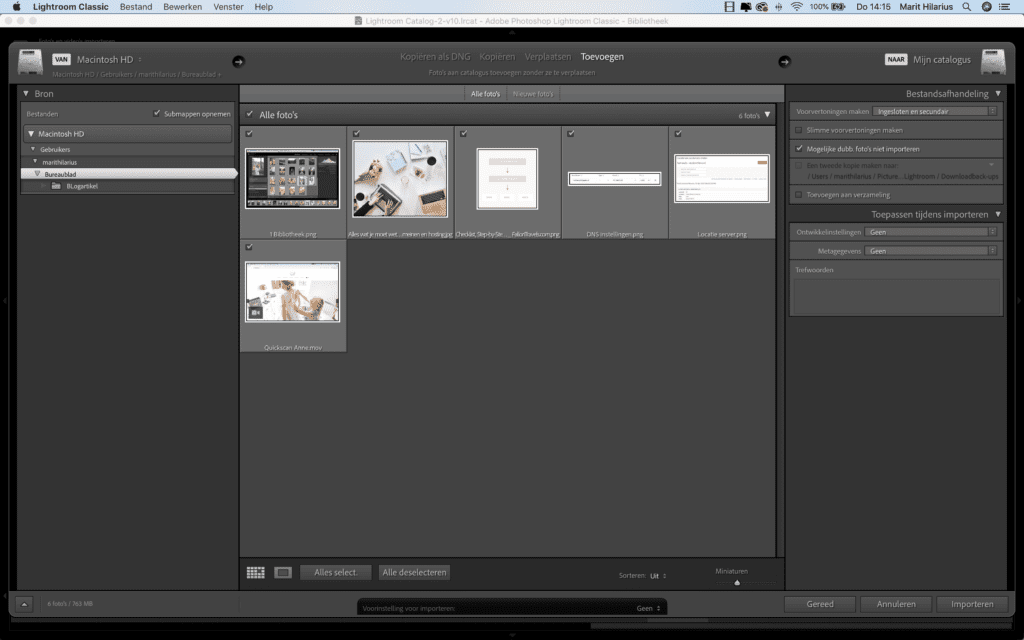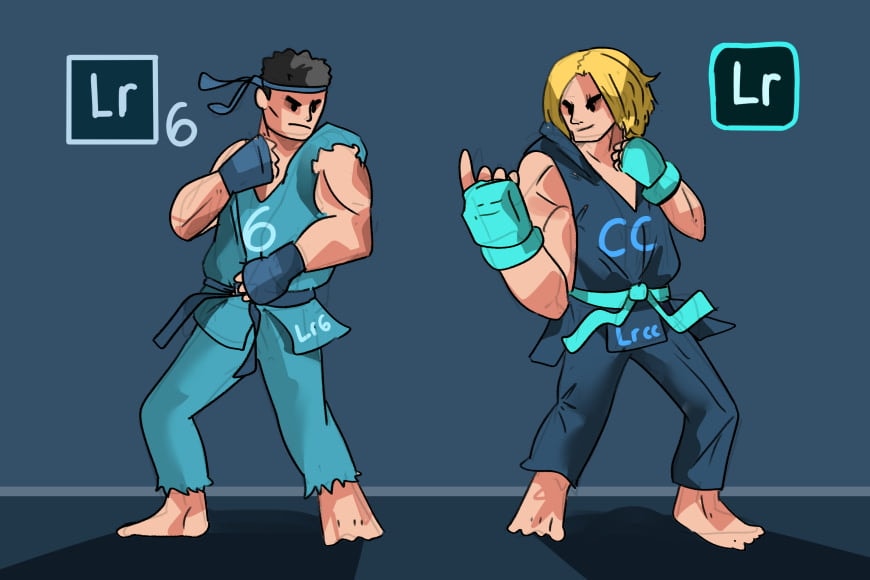6) Copy the folder “Adobe Lightroom” over your target machine “C: Program Files Adobe Adobe Lightroom” folder, in order to replace the (6.0) files and add any new (version 6.14) files. 7) Allow “Administrator Permission” if requested, to allow all identical filenames to overwrite the files on your target machine. Lightroom, Adobe's raw-format processing and photo-management software for enthusiast and professional photographers, plays catch-up with the competition for version 6 - Lightroom CC if you.

Lightroom 6 was the last perpetual version of Lightroom offered before Adobe went subscription-only with Lightroom Classic CC. Up until recently Adobe continued to sell Lightroom 6 – but here’s a recent statement from Jeff Tranberry of Adobe on its current availability: “Lightroom 6 is no longer available for sale on Adobe.com. Lightroom is the most popular photo editing software for deep color correction, photo management, and basic photo editing of RAW files. Today, you can get Lightroom as a subscription to Creative Cloud and buying a standalone Lightroom 6. #1 OPTION - Lightroom CC Subscription. Below are some real-world examples comparing Lightroom 2.5 with Lightroom 3.6. Both are using the same original RAW file (in this case, a Nikon NEF). Both are using exactly the same develop and export settings.
- by David Coleman
- Last Modified: February 2, 2020
- Filed Under: Develop Module
- Tagged With: Lightroom 3

I’ve always mostly avoided using Lightroom’s recovery tool. The concept is promising–it helps recover details in image highlights–but I’ve usually been disappointed with the side effects. What I’ve found particularly frustrating is the pink color shift that it’s always seemed to add, something that discolors whites and makes blue skies more purple. It’s a bit like adding a red shirt with the washing. And while it’s possible to correct with something like Nik’s Viveza, that’s not exactly an elegant solution–it adds more steps and more hassle and is hard to get consistent results. And so I’ve generally avoided using the recovery tool altogether, or, if I really have to use it, using it with a very light touch.
Until now, that is. The most recent versions of Lightroom have a much improved recovery tool. The color shift side effects are now pretty much gone, making it a much more useful tool. And it means that the advice to ‘expose to the right right’ by slightly overexposing the image in order to take advantage of the mathematics of digital capture makes much more sense (in short, there’s more image data in the lighter end of the spectrum (or right on the histogram) than in the darker end (or left), so if you expose for that you can maximize the signal to noise ratio; here’s a more detailed discussion).

Below are some real-world examples comparing Lightroom 2.5 with Lightroom 3.6. Both are using the same original RAW file (in this case, a Nikon NEF). Both are using exactly the same develop and export settings. For each set, the only change is in the recovery tool–all the other settings remain the same.
You can see that in the Lightroom 2.5 versions, there’s a definite color shift that’s very noticeable in the sky changing color. In the Lightroom 3.6 versions, the highlight recovery is much more neutral (and much more usable). I’ve also included the histograms at each setting so you can see what effect the recovery tool is having on that at those settings. And while I generally would never push it to 100 in actual use, even at that extreme the results are very usable. And it’s also a promising sign for Lightroom 4, which will have develop tools that are better yet.
The Recovery Tool in Lightroom 3.6
| Recovery 0 | Recovery 30 | Recovery 100 |
The Recovery Tool in Lightroom 2.5
| Recovery 0 | Recovery 30 | Recovery 100 |
Lightroom 6 Standalone
A Partial Workaround for Earlier Versions of Lightroom
Lightroom 6 Support

If upgrading isn’t on the cards for you right now, there are some things you can try to reduce the effect. Your best bet is to try to reduce the exposure first (drag the exposure marker to the left), then use the shadows and brightness sliders to bring back some detail in the shadows. The risk with that, though, is that you can easily introduce noise in the shadows.